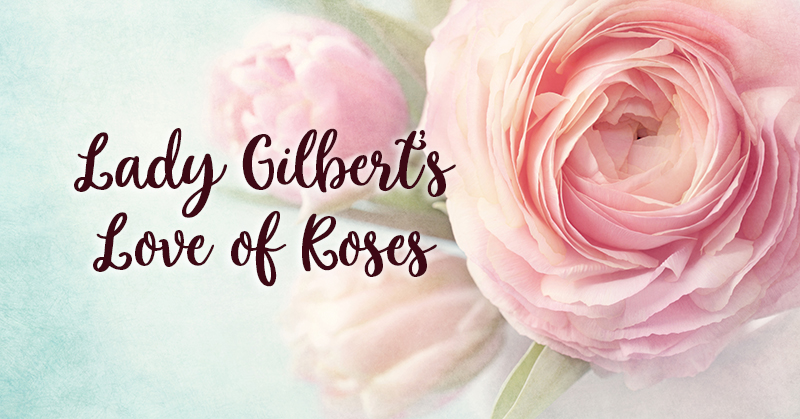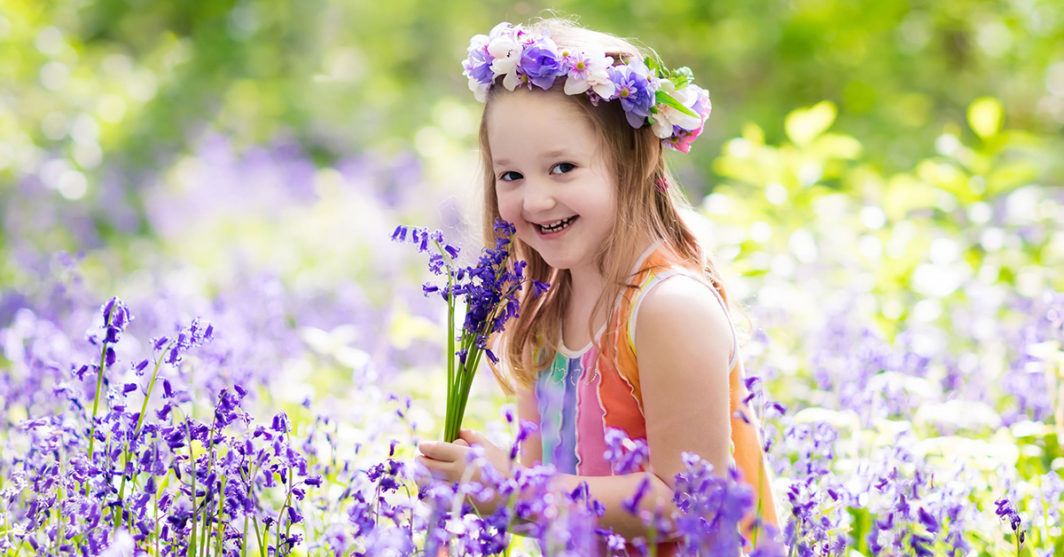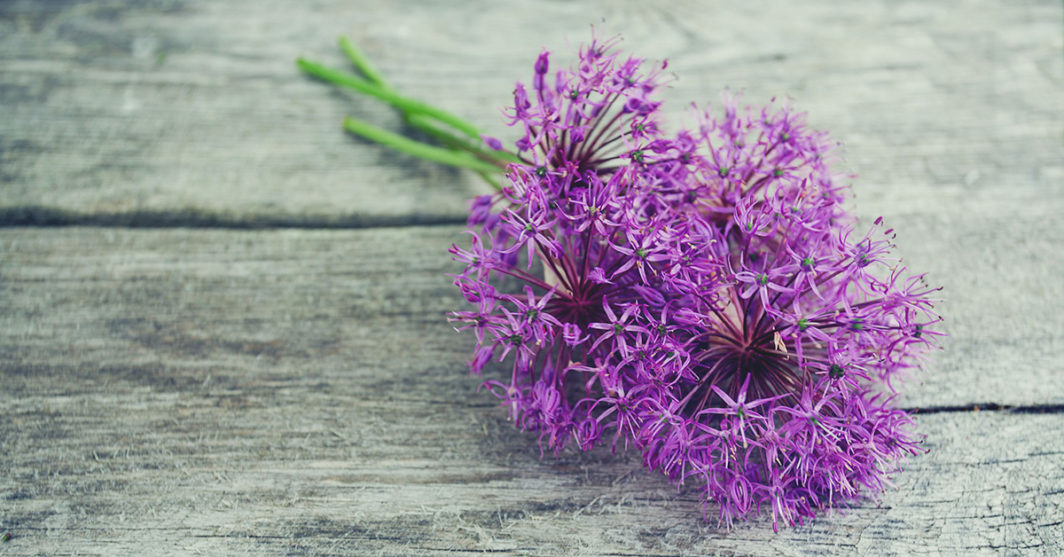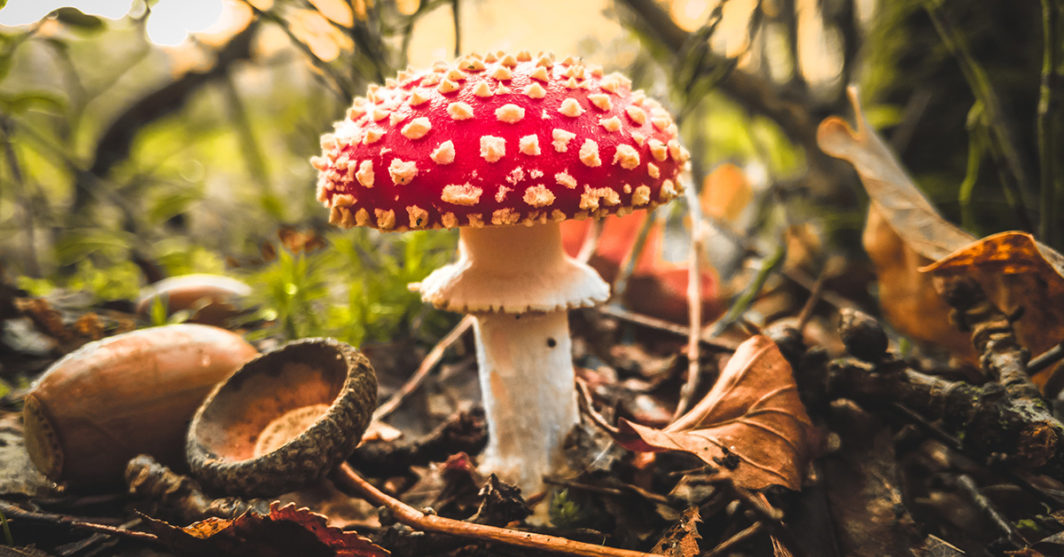Herbalism or botanical medicine is one of the oldest traditions around. The Egyptians used herbs for medicine, as did indigenous healers around the world. In Britain, herbalism can be traced back thousands of years. The British Library has a copy of a ‘leech book’ – thought to date back as far as the 800s CE! Medieval lay healers used herbs, … Read More
Share in Lady Gilbert’s love of roses, with this brief history
Roses are one of the most popular garden shrubs in the world. They’ve been grown since early civilisations, being grown in ancient Babylon, as well as in Chinese, Egyptian and Greek gardens, as far back as 500 BC. Lady Gilbert had a particular fondness for roses. She created a beautiful sunken rose garden within the grounds of Grim’s Dyke and … Read More
Top 10 Victorian flowers
The Victorians loved flowers. Not only did they use them to adorn their homes, they were also used to scent their toiletries and clothes, flowers also had hidden symbolism too. Many a Victorian sweetheart could send unwritten wording through their choice of floral bouquet. Here’s the top flowers of choice for the Victorians, along with what message they portrayed. #1: The … Read More
10 Herbs for every Victorian Herb garden
No Victorian garden was complete, without some herbs – and spring was the perfect time to get them started. Not only were they used in the Victorian kitchen, they were used to help keep the home clean and fresh smelling. Herbs were also used for their medicinal properties, along with their cosmetic value too – with the essential oils also being … Read More
English Bluebells
These beautiful woodland plants can be seen throughout any wooded area in the UK, including the woods at Grim’s Dyke. Bluebells need no introduction; they’re instantly recognisable and loved by many. Here’s why we love the Bluebell. #1: Bluebells can spread rapidly! They seed freely and can live in the garden compost easily too. It is said that the UK … Read More
The perennial Allium
Lady Lucy Gilbert loved her flowers. Having planted the formal garden at Grim’s Dyke, along with the sunken rose garden, she ensured there were always beautiful and colourful flowers to break up the seasons. Dotted amongst the roses in the sunken garden, Lady Gilbert had planted both Geraniums and Alliums. The Allium family Alliums are part of the large Amaryllidaceae … Read More
Giant Redwood trees, Victorians and The Grim’s Dyke
Wander around the formal gardens at Grim’s Dyke and you’ll be surrounded by the breath-taking beauty of nature. Lady Gilbert planted a stunning array of flowers and plants, with the most noticeable being several Redwood trees, now over 100 years old. As with any Victorian gardener with status, Lady Gilbert would have loved exotic plants – and would have relished … Read More
10 Facts about the Green woodpecker
There are three woodpeckers that breed in Britain – the Green woodpecker, the Greater woodpecker and the Lesser Spotted Woodpecker. The Green woodpecker is the largest of the three. Here are ten interesting facts about these colourful birds. #1: The scientific name for a Green woodpecker is Picus viridis The Green woodpecker is from the Picidae family of birds and … Read More
The fairytale toadstool: Amanita muscaria
Toadstools and mushrooms are a common sight in the UK. Whether you’re talking about the Victorian era or today, there are two instantly recognisable descriptions; one is that of the closed cup mushroom – and the other is the Amanita muscaria toadstool. You could be forgiven though, for not recognising it from its official name but, if I told you it was red with … Read More
How and where to spot Muntjac Deer in Harrow
What are Muntjac Deer? Muntjac deer, also known as Mastreani deer and barking deer, (given their repeated loud bark) are exotic looking deer, that can grow up to 52cm at the shoulder and weigh up to 16kg. You can often hear the male buck deer giving a loud bark, the females and kids however, tend to let out squeaks. When … Read More











